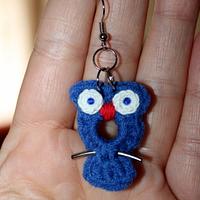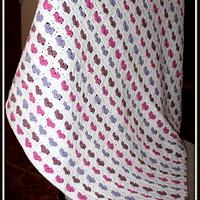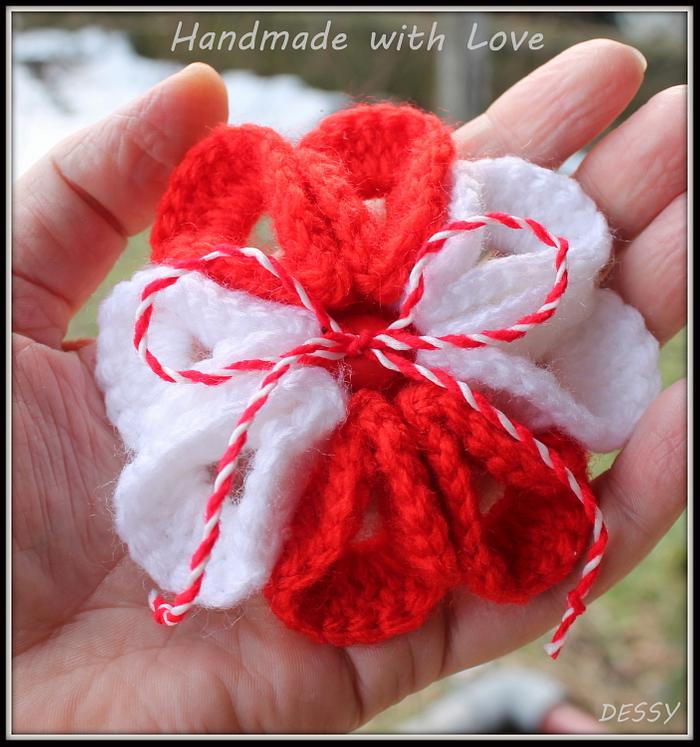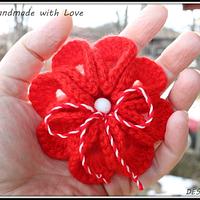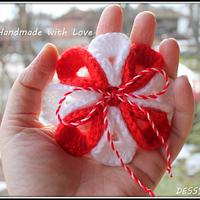
Dessy
in over 11 years
More from Dessy
Crochet flower broochs(Martenitsa)
Set of 3 crochet flower brooch called Martenitsa.
https://www.etsy.com/listing/217924980/martenitsa-set-of-3-crochet-flower?ref=shop_home_active_1
Martenitsa (Bulgarian: мартеница, pronounced [ˈmartɛnit͡sa], is a small piece of adornment, made of white and red yarn and worn from March 1 until around the end of March (or the first time an individual sees a stork, swallow, or budding tree). The name of the holiday is Baba Marta. “Baba” (баба) is the Bulgarian word for “grandmother” and Mart (март) is the Bulgarian word for the month of March. Baba Marta1 is a Bulgarian tradition related to welcoming the upcoming spring. The month of March, according to Bulgarian folklore, marks the beginning of springtime. Therefore, the first day of March is a traditional holiday associated with sending off winter and welcoming spring.
The martenitsa is also a stylized symbol of Mother Nature. During early-spring/late-winter, nature seems full of hopes and expectations. The white symbolizes the purity of the melting white snow and the red symbolizes the setting of the sun which becomes more and more intense as spring progresses. These two natural resources are the source of life. They are also associated with the male and female beginnings.
Wearing one or more martenitsi is a very popular Bulgarian tradition. The martenitsa symbolises new life, conception, fertility, and spring. The time during which it is worn is meant to be a joyful holiday commemorating health and long life. The colours of the martenitsa are interpreted as symbols of purity and life, as well as the need for harmony in Nature and in people’s lives.
Martenitsi are always given as gifts. Tradition dictates that people never buy martenitsi for themselves. They are given to loved ones, friends, and those people to whom one feels close. They are worn on clothing, or around the wrist or neck, until the wearer sees a stork or swallow returning from migration, or a blossoming tree, and then removes the Martenitsa and hangs it on a blossoming tree.
From Wikipedia









